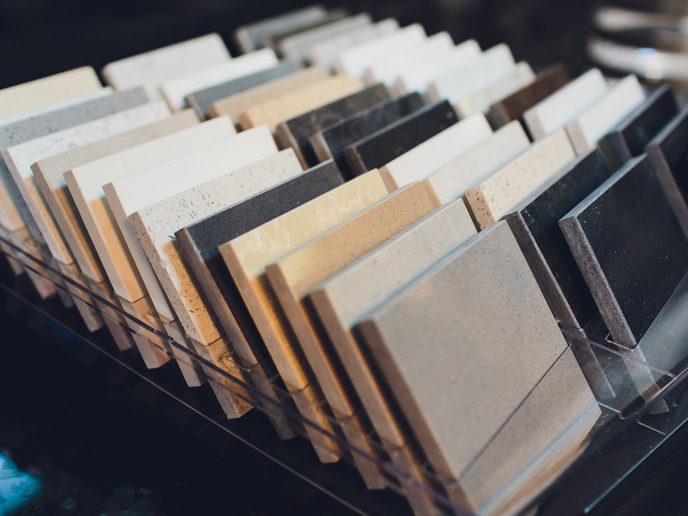Making ceramic production greener with waste heat recovery and new materials
The ceramics industry plays a substantial role in the EU economy, driven by 17 000 companies, employing over 240 000 people, and producing nearly EUR 30 billion(opens in new window) in revenue. However, the industry is also a big user of energy. In fact, producing just one tonne of ceramic tiles requires 1.67 MWh of energy. “The ceramic tile production processes are very energy intensive. Nearly EUR 1 500 million are spent each year just for natural gas needs in the Italian ceramic sector. If we could increase the energy efficiency for producing a square metre of tiles by 2-3 %, we could witness a huge reduction on the annual costs of natural gas consumption,” notes Gabriele Frignani, coordinator of the EU-funded DREAM(opens in new window) project.
How heat pipes could slash natural gas costs
Project partners pioneered the design of heat pipe as heat exchangers to recapture the energy lost from kilns and transfer it to another point in the production chain. “Heat pipes recover waste heat from the cooling zone (160-200 °C) of roller kilns to supply air to driers or other thermal machinery, increasing also the process efficiency,” explains Frignani. “Recovering waste heat from the cooling zone to warm air for tile drying eliminates the need to burn natural gas. Overall, heat pipes contribute to reducing natural gas consumption of a drier by 4-5 %. This might sound a tiny amount, but translates to huge savings in terms of energy and costs,” adds Frignani. Another major advantage of using heat pipe technology is that the hot air that moves to the dryer is clean because there is no mixing between the air stemming from the heat exchanger and the potentially contaminated or corrosive exhaust air streams released by the kiln cooling chimney.
Innovative refractory and coating materials
Another interesting output from DREAM is the development of innovative refractory and insulation materials for ceramic kilns. Project partners tested innovative material shapes and compositions that reduce heat transmission through the kiln walls. The result was a reduction of the superficial temperature of kilns by an average of 10 °C. “Heat transmission losses in kilns account for about 15 % of the thermal energy spent to fire each kilogramme of tile. This heat accounts more or less to 75 kcal/kg above a specific consumption of 500 kcal/kg of product. By reducing the superficial temperature of kilns through the new refractory and coating materials, we reduced heat losses by an average of 1.4 %,” notes Frignani.
Powering thermal machines through microturbines
For the first time, project partners investigated how the thermal energy (hot fumes) generated by microturbines could be directed to power the kiln or the drier. Use of microturbines makes sense in countries such as Italy, where the cost of electricity is significantly higher than that of natural gas. Microturbines eliminate the need to burn significant amounts of natural gas for restarting the kiln after a shutdown because the kiln purging cycle is not needed (fans are also electrically supplied by the microturbine during shutdown). “Another plus is that the microturbine can be sized on the electrical needs of a single thermal machine so, from a fiscal point of view, an industry does not need to upload electricity on the public network, thus avoiding the energy taxation,” concludes Frignani.







